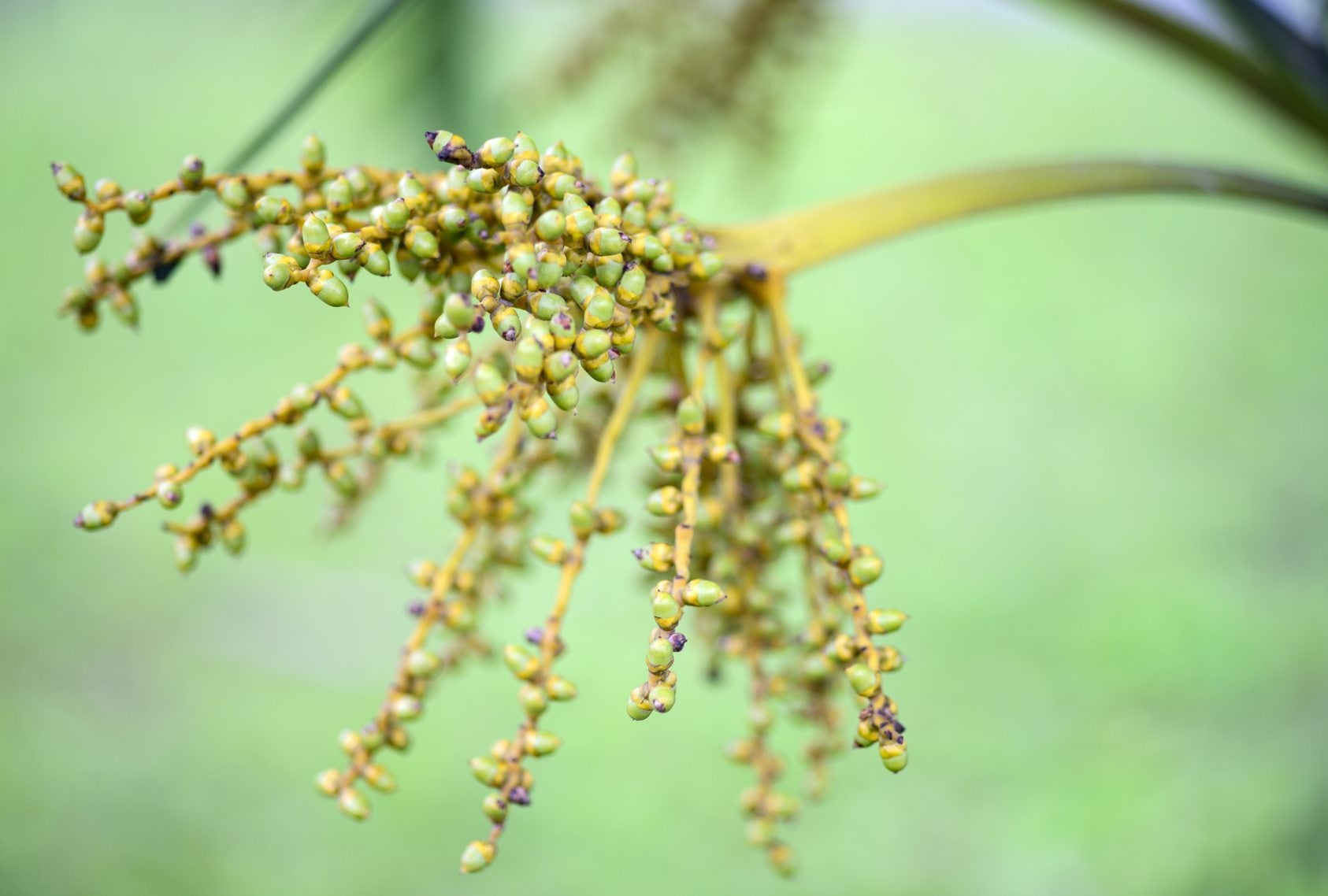Propagating Ponytail Palm Seeds – How To Grow Ponytail Palm From Seeds


The ponytail palm is also sometimes called a bottle palm or elephant foot tree. This southern Mexico native is mostly propagated through seeds, which germinate readily. In just a few years, the seedlings will produce tall, slender stems with wide bases. Propagating ponytail palm seeds starts with harvesting fresh seed from the ivory white to creamy green flowers. We'll tell you all you need to know on how to grow ponytail palm from seeds and increase your stock of this wonderful unique plant.
Ponytail Palm Propagation
The ponytail palm makes a perfect houseplant, being tolerant of many light levels and conditions. It can also grow outdoors in USDA zones 9 to 12. These fun little plants are usually only 2 to 4 feet (61 cm. to 1 m.) tall in containers, but outdoor, in-ground plants can achieve 10 to 15 feet (3-5 m.) in height. It is usually the outdoor specimens that produce the flowers and seeds. Wait until the flower petals are spent and the seed capsules are beginning to dry before harvesting ponytail palm seeds. Ponytail palms are also often propagated by the division of offsets. These are smaller versions of the parent plant that may crop up around the swollen trunk. Remove these in spring and start them off in pots for the first couple of years. For ponytail palm seed propagation, you will need fresh, viable seed from the pollinated flowers. The plants are dioecious, which means only female plants produce seed. Gather the capsules or fruits when they are no longer green and are tan to brown. Open capsules into a clean container or onto paper to capture the seeds. Bloom time is summer, so the best time for harvesting ponytail palm seeds is early fall.
How to Grow Ponytail Palm from Seeds
Propagating ponytail palm seeds is the surest way to grow more of these fun plants. While division is quicker, offsets do not always root. Growing ponytail palms from their seed results in a surer propagation method and seeds germinate rapidly if soaked overnight or gently scarified. The tough seed coating needs to be softened or damaged slightly to allow the sprout to emerge. Ponytail palms prefer light gritty soil. A good mixture for seed is 4 parts sand, 2 parts peat, and 1 part each of sterile soil and perlite. Sow seeds in 3 inch (8 cm.) containers so you don't need to disturb seedlings for quite some time. Moisten the medium and sow seed on the surface of the soil, pressing it in lightly. Top off with a light dusting of sand.
Care During Ponytail Palm Seed Propagation
Keep the container lightly moist by misting and place it in an area with a temperature of at least 68 degrees F. (20 C.). Heat under the container can speed germination. Cover the container with plastic until germination. Remove the plastic once per day to allow excess moisture to escape. Keep the container in a brightly lit area but with some shelter from the noonday sun, which may burn new leaves. You can expect sprouts in one to three months depending upon the time of year and the amount of light and heat the plant experiences. Remove the heating mat and plastic once you see sprouts. Continue to mist your little ponytail palms and keep them in a bright, warm area. Once the seedlings have several pairs of true leaves, water deeply but infrequently in summer and reduce to half on winter. Use a good liquid plant food diluted in spring and again in summer.
Sign up for the Gardening Know How newsletter today and receive a free copy of our e-book "How to Grow Delicious Tomatoes".

Bonnie Grant is a professional landscaper with a Certification in Urban Gardening. She has been gardening and writing for 15 years. A former professional chef, she has a passion for edible landscaping.